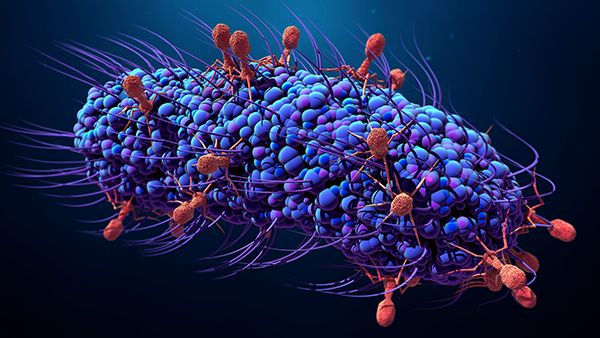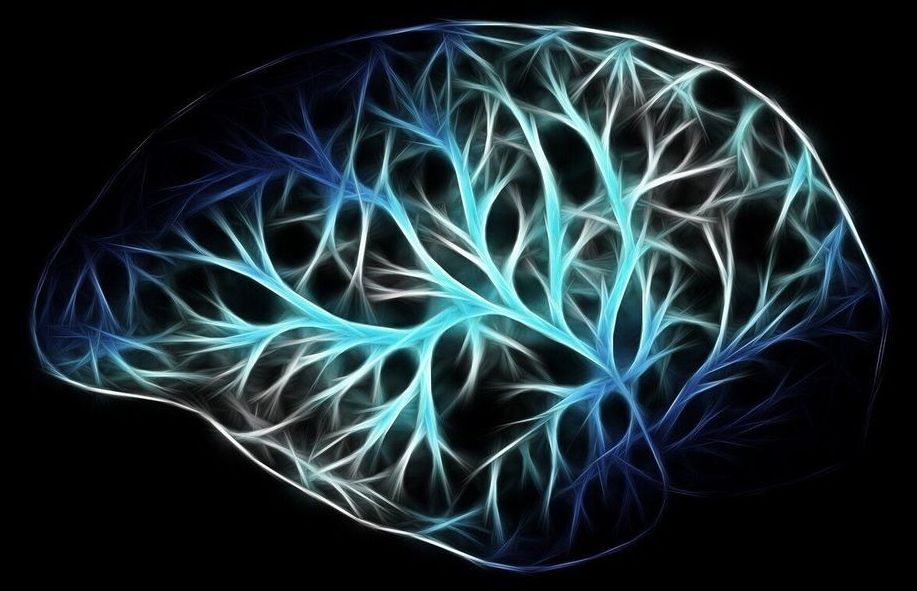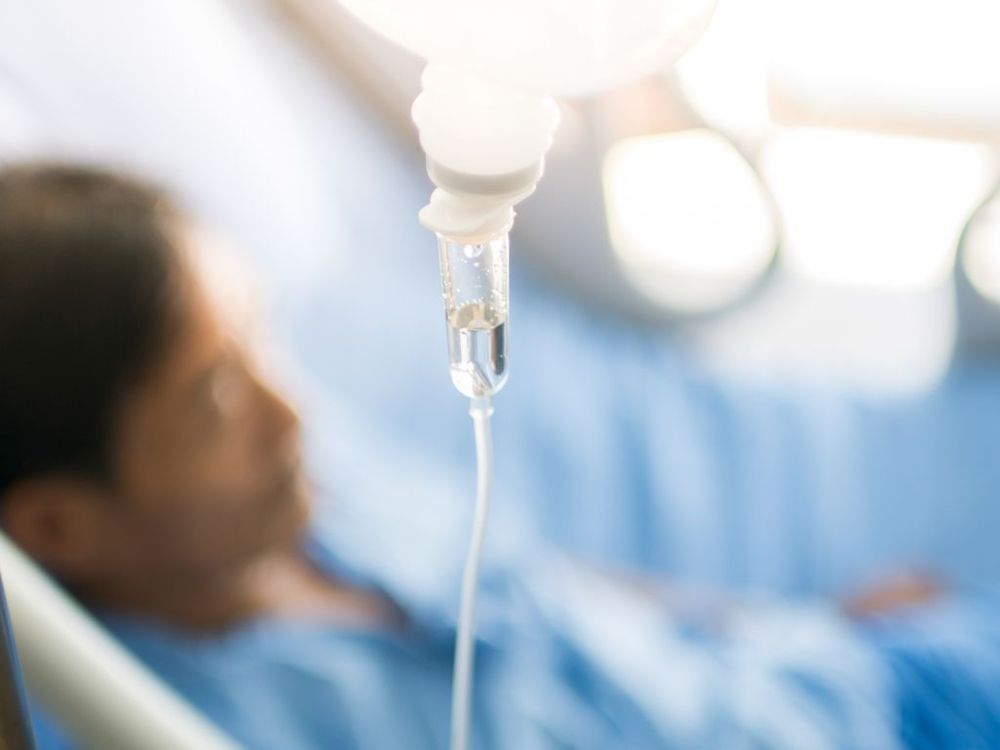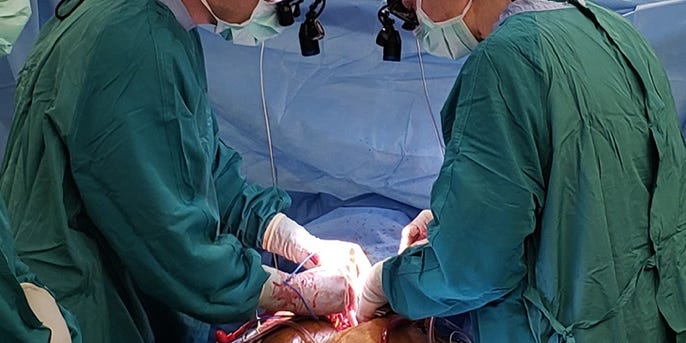A new publication by an international team of scientists has proposed a new healthcare framework to help older people stay healthier for longer by improving the development of therapies that target age-related diseases.
Society is aging, and we need to change healthcare for the better
This new publication urges World Health Organization (WHO), governments, and the medical science community to work together and develop classifications and staging systems using a new framework as a basis for diagnosing and treating age-related diseases.








